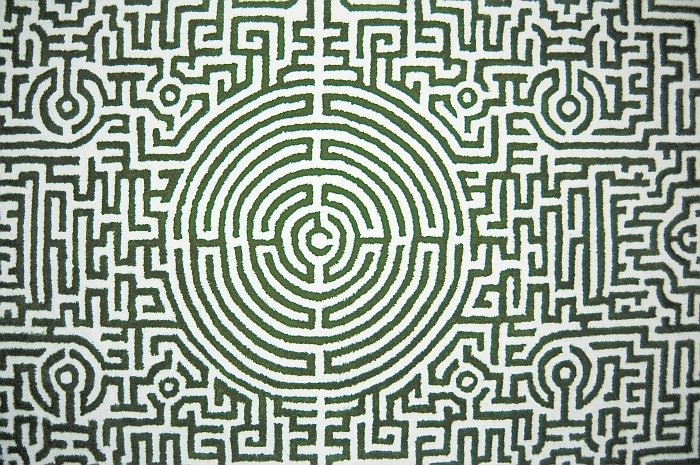Were Alfred, Lord Tennyson around in March 2016, here’s five new design exhibitions we could recommend.....
Alexander Girard. A Designer's Universe at the Vitra Design Museum, Weil am Rhein, Germany
Our first inkling that something was afoot came at Milan 2014, the Vitra stand and branding was all very much in the spirit of Alexander Girard. For all there was no escaping the eyes. "Someone has been in the Girard archive", we remember thinking. Before being distracted by the Colour Wheel Ottoman...... Following Alexander Girard's death in 1993 his personal archive was entrusted to the Vitra Design Museum, Alexander Girard. A Designer's Universe is the result of the first systematic, academic exploration of that archive. As a designer it is very easy to align "Sandro", as he was affectionately known by his contemporaries, to the second row of 20th century American designers. Yes he may have lacked the star allure of a Charles Eames, the self-confident, self-promotion of a George Nelson, or the cosmopolitan assurance of an Eero Saarinen, but Alexander Girard was an important influence on those around him, an important source of ideas and inspirations, a confidant with whom the designers, architects and manufacturers of the day could discuss their plans and develop ideas. In addition Alexander Girard was a skilled exhibition designer who helped organise, curate and design many of those exhibitions which helped establish and popularise design in 1950s and 1960s America. As such the Vitra Design Museum's retrospective is a well overdue exploration of his life and work. And a well exciting prospect. Not least because it runs until the end of January 2017! Under normal conditions the exhibition should end in late summer so that in autumn the next exhibition can open. We're hoping the decision to give the world ten and a half months of Alexander Girard is an indication of the importance the Vitra Design Museum attach to the man, his work, the exhibition, and as such the scale, depth and enjoyment contained therein.
Alexander Girard. A Designer's Universe opens at the Vitra Design Museum, Charles-Eames-Str. 2, 79576 Weil am Rhein on Saturday March 12th and runs until Sunday January 29th
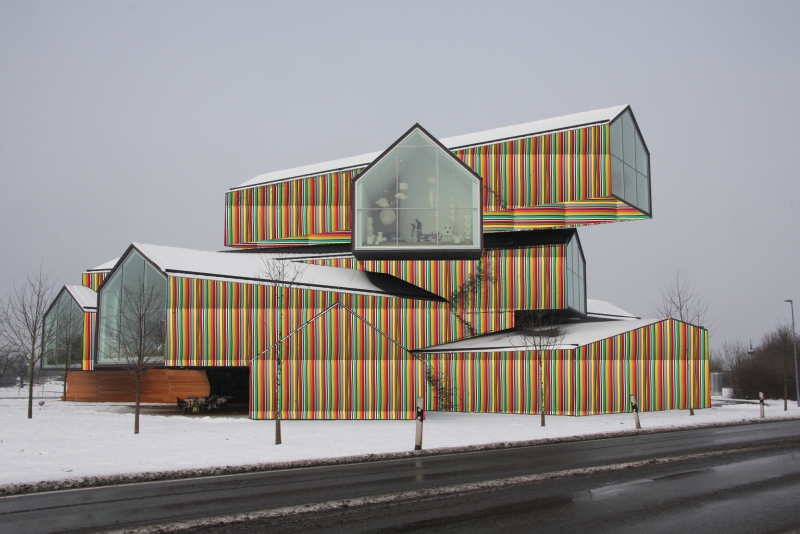
On the Track of Great Life. Graphic Language of the 1960s in Latvia at the Mark Rothko Art Centre, Daugavpils, Latvia
That the 1960s were a decade of genuine revolution in design is widely accepted: new materials and new production processes met a society for whom the second world war was a subject for history lessons rather than a personal memory, and for who the future was electrified by thoughts of rapidly developing technological change and space exploration. Each country obviously dealt with and responded to these changes and opportunities in its own way, and according to its prevailing social, political and economic conditions. In the exhibition On the Track of Great Life the Mark Rothko Art Centre aim to explore such in terms of Latvia. We have no idea what to expect. Nothing. And that is what makes the prospect so tantalising. What were Latvian designers doing in the 1960s, why were they doing it, how were they doing it and what can we learn from what the did? Not because Latvia is particularly relevant for global design, but because through understanding design history we can better understand the possibilities of contemporary design, and those who venture into areas of design history outwith their own, gain the deepest understanding.
On the Track of Great Life. Graphic Language of the 1960s in Latvia opened at the Mark Rothko Art Centre, Mihaila ielā 3, 5401 Daugavpils on Friday February 26th and runs until Sunday April 10th
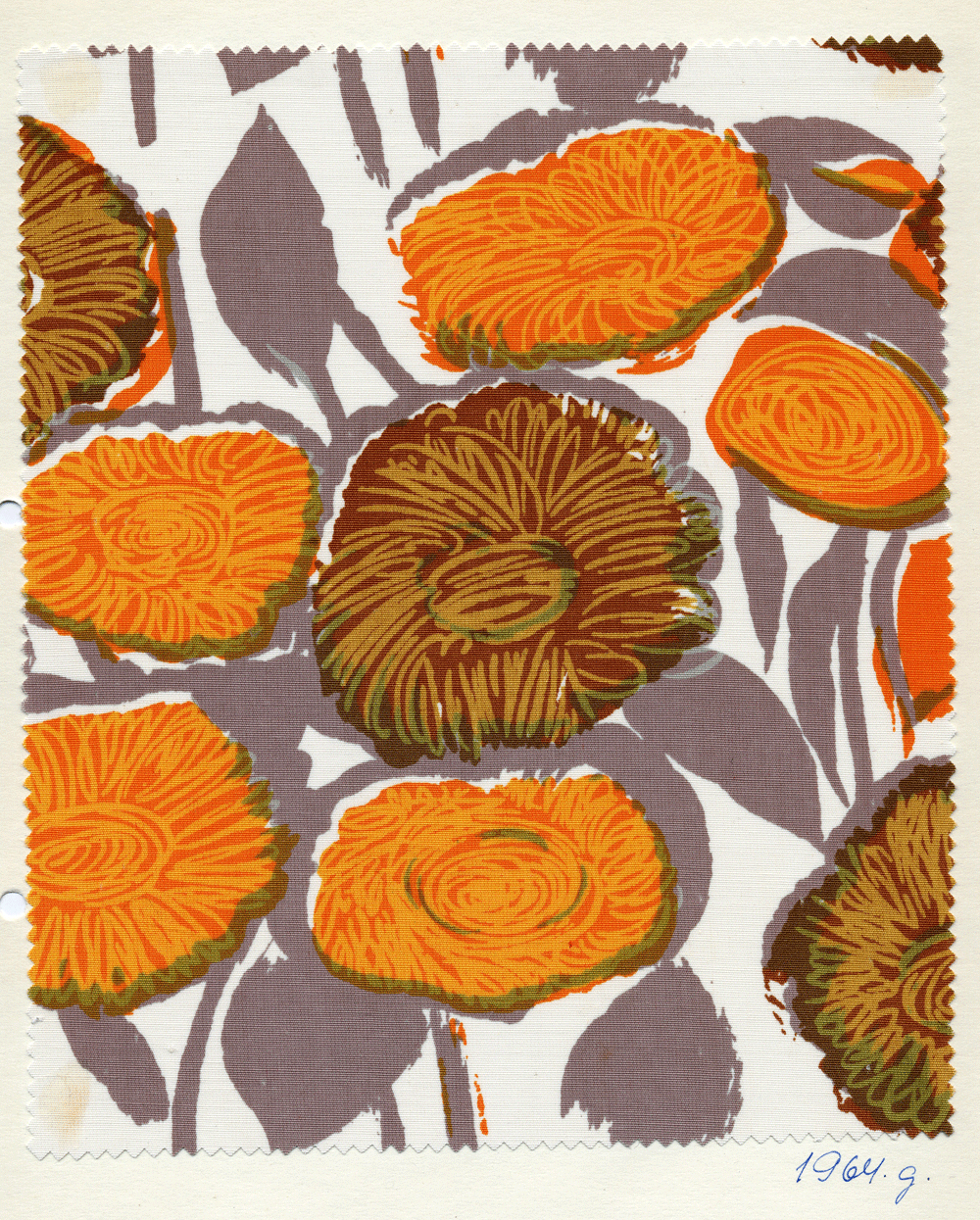
WE transFORM Kunst und Design zu den Grenzen des Wachstums at the Neues Museum, Nürnberg, Germany
Published in 1972 "The Limits to Growth" presented the results of a research project undertaken by academics from the Massachusetts Institute of Technology on behalf of the so-called, Club of Rome international think tank. One of the first attempts to develop a computer simulation of the effects of man on his environment the report's authors came to the conclusions that the earth's resources were finite and that if we wanted to avert environmental, social and economic disasters, change was needed. And the quicker the better. The rest as they say is four decades of inactivity, squabbling and provincial politics. As such the themes explored in "The Limits of Growth", and the risks contained therein, remain as current as ever. In WE transFORM projects from over 30 international artists and designers will be presented which for the exhibition organisers either highlight problems associated with, for example, water shortages, vanishing resources, waste, social inequality..... or which offer alternatives.
WE transFORM Kunst und Design zu den Grenzen des Wachstums opens at the Neues Museum, Klarissenplatz, 90402 Nürnberg on Friday March 18th and runs until Sunday June 19th
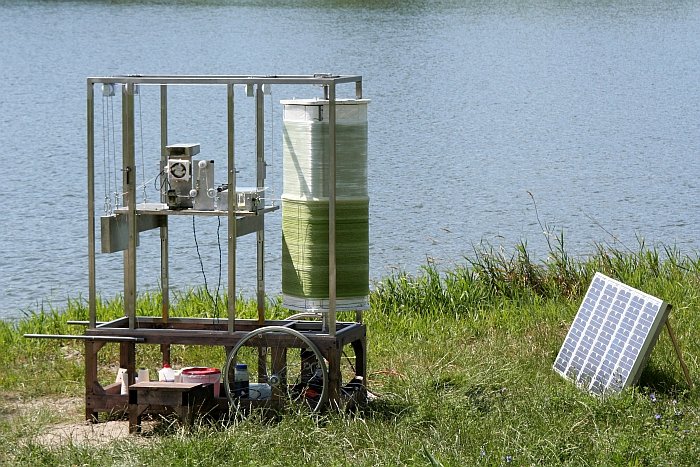
Safe and Sound. How designers and artists deal with the obsession of security at the Musée de design et d’arts appliqués contemporains, Lausanne, Switzerland
For the American design pioneer George Nelson "The best designs realised by mankind are related to survival", because "they are concerned with life and death not markets".* Not that Nelson's considerations included purely objects designed to protect us from direct risks or to ensure that, for example, aircraft didn't fall out the sky, Nelson also considered weapons and measures of military defence as part of his survival design. Similarly today "security" and "safety" often have as much to do with control, power and surveillance as they have to do with minimising the risk of personal harm. Featuring works by international designers and artists the mudac in Lausanne aim to explore current “"design for safety" through a focus on four central themes: security, fear, protection and monitoring.
Safe and Sound. How designers and artists deal with the obsession of security opens at the Musée de design et d’arts appliqués contemporains, mudac, Place de la Cathédrale 6, 1005 Lausanne on Wednesday March 23rd and runs until Sunday August 21st.
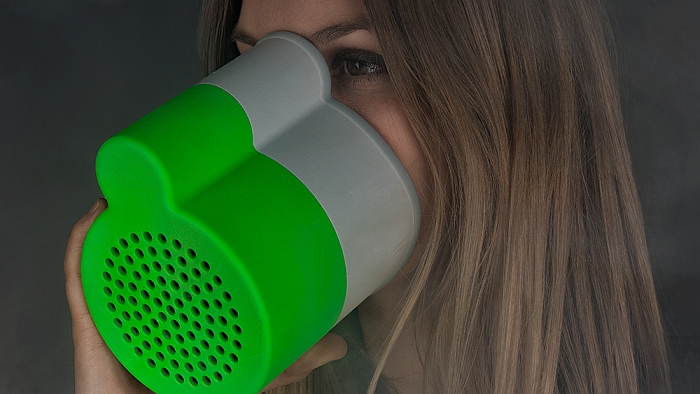
Switch – Dutch Design on the move at the TextielMuseum, Tilburg, Netherlands
Because objects such as the Rag Chair by Tejo Remy or Rody Graumans' 85 Lamps chandelier appear so fresh, so "contemporary" it is easy to forget that they are over 20 years old. Or that such objects were, in many respects, the starting point for where contemporary Dutch design currently finds itself; the conceptual, playful, untroubled approach taken by droog and their cohorts in the early 1990s spreading through and via the Design Academy Eindhoven and giving Dutch designers the creative freedom that they enjoy today. The freedom to develop concepts which may or may not result in products but which invariably provide alternative perspectives on situations and as such alternatives to accepted norms. Presenting an overview of 25 years of contemporary Dutch Design, including works by Dutch based, non-Dutch designers, the TextielMuseum in Tilburg promise a comprehensive exploration of the subject and of how Dutch design has developed since 1990. Given the location we assume the exhibition will be textile heavy, but then textiles is a branch of design in which Dutch designers have been particularly active and through which they have explored the world around them with a singular competence..... And as such is a perfectly appropriate medium for such an exploration
Switch – Dutch Design on the move opens at the TextielMuseum, Goirkestraat 96, 5046 GN Tilburg on Saturday March 19th and runs until Sunday March 12th 2017
